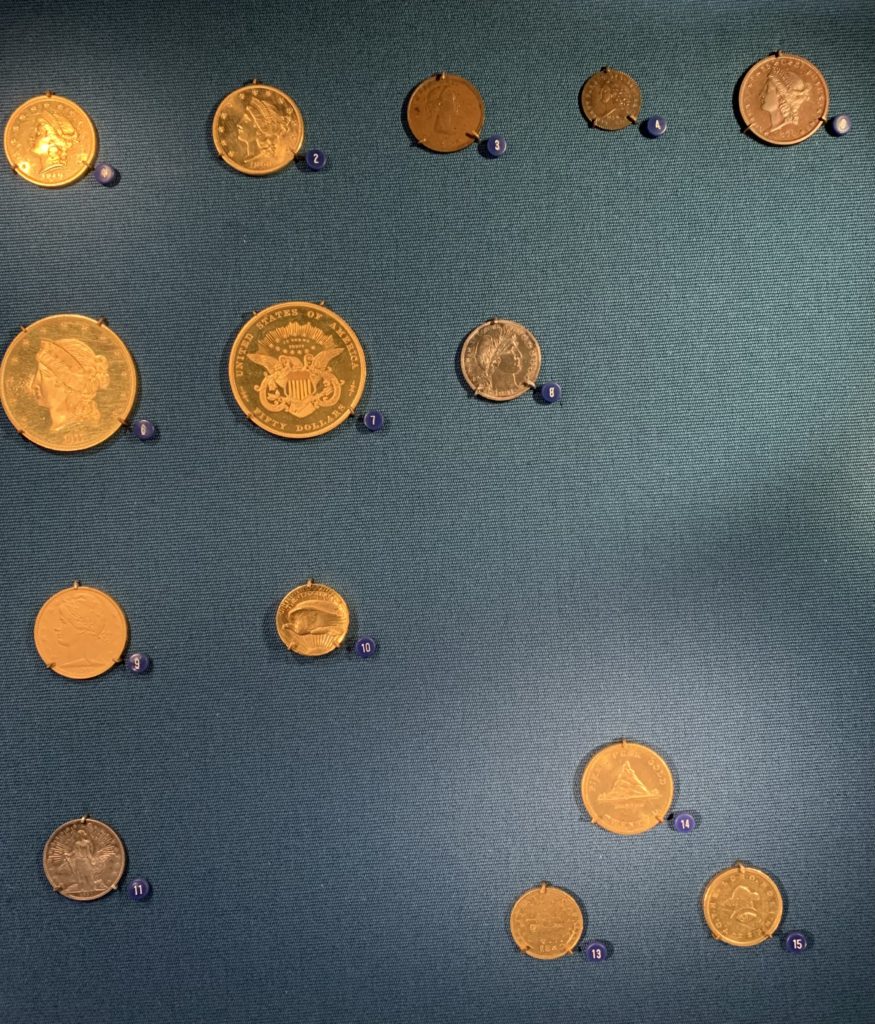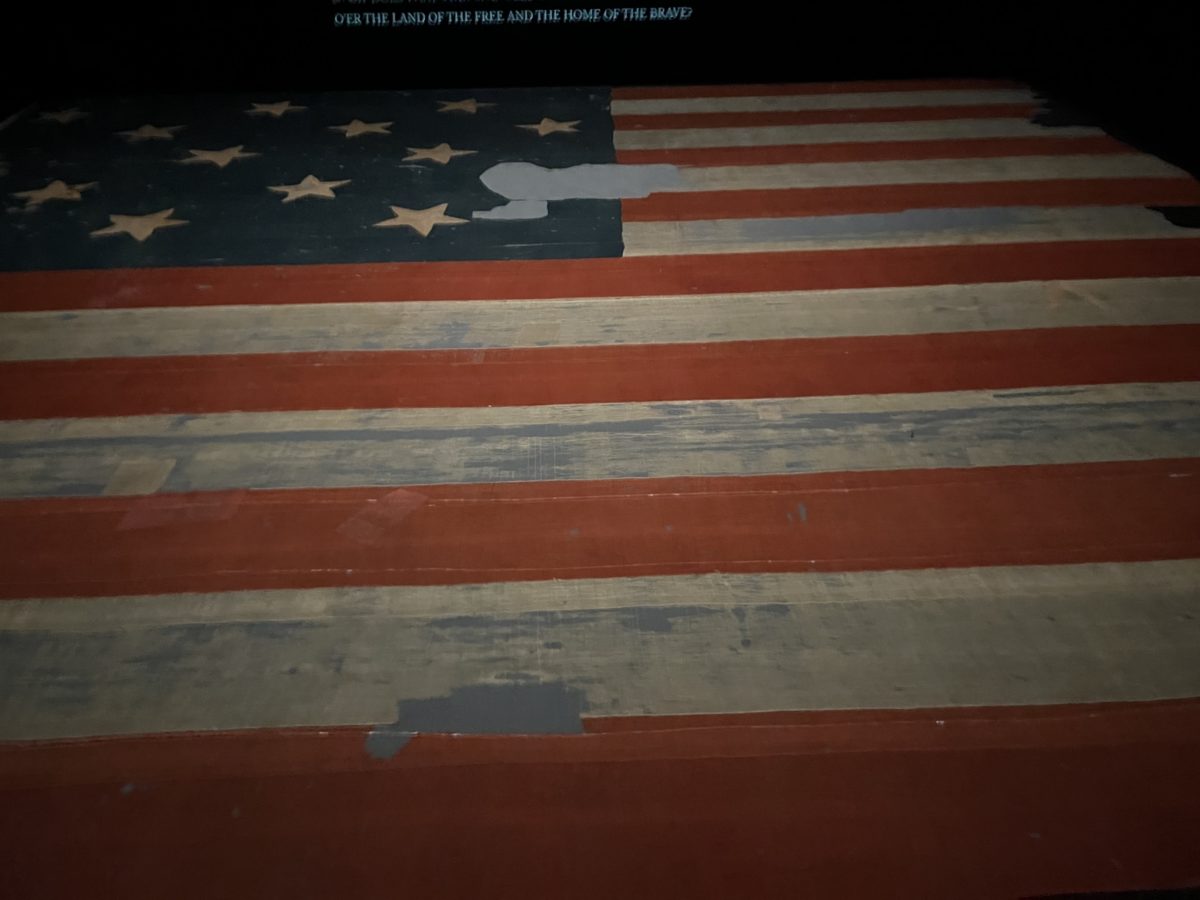It would not be a stretch to say that museums are a staple of virtually any city in the world. A great many museums globally are excellent at what they present to the viewing public, however, few can match the grandeur of the Smithsonian Institution, based in Washington DC. Ever since its founding in August 1846 by James Smithson, a collector of historical artefacts and an avid mineralogist, the Institute has continued to expand with multiple branches covering an increasingly wide research base. On the 7th July, the National History Academy (NHA) visited one of the Smithsonian’s many museums in the DC area: the National Museum of American History (NMAH). Students were welcomed to the NMAH by Dr. Brent Glass, Director Emeritus of the Smithsonian, who spoke fondly of the continuing legacy of the NMAH whose goals are not only to preserve American history but to remain true to its original purpose of “dispensing knowledge on the nation”.
Amongst the collections presented at the Smithsonian, students were captivated by the NMAH’s excellent exhibition on American and World Numismatics, better known as The Value of Money. Securely tucked away behind an imposing vault door that looms over visitors, The Value of Money took students on the journey of American currency development. Amongst the oldest items in the exhibit, students could find the predecessors of our modern-day currency, from West African cowries to crude Chinese knife money. Arguably the largest trailblazer in the collection, however, is the owl-faced Greek tetradrachm. The tetradrachm would be elevated to super-star status when President Teddy Roosevelt would use it as a muse during his 1905 call to redesign American coins. The fruits of President Roosevelt’s labour would be the creation of Augustus Saint Gaudens’ Twenty Dollar Double Eagle, a design which still endures the test of time on the US Mint’s latest line of gold coins. The NMAH also has multiple specimens of the Saint Gaudens’ Double Eagle including an infamous 1933 example which gained an iconic status in David Tripp’s book Illegal Tender.
There are icons of America everywhere at the NMAH, and none are as exuberant as The Star-Spangled Banner exhibit, which excited visiting NHA students as it is home to the original Star-Spangled Banner flag. This particular flag, whose original dimensions spanned an astounding 30 by 42 feet, was the handiwork of seamstress Mary Pickersgill. Pickersgill, who was by all means extremely gifted in her craft, was given the task of completing a flag “so large that the British will have no difficulty in seeing it from a distance”. She succeeded in creating a flag which not only demonstrated American persistence at Fort McHenry, but also a national icon which would soon be preserved eternally in the hearts of Americans across the continent through Francis Scott Key’s The Star Spangled Banner, a poem-turned song which expressed not mere defiance, but the pride fellow Americans found following America’s victory at the Battle of Baltimore.

